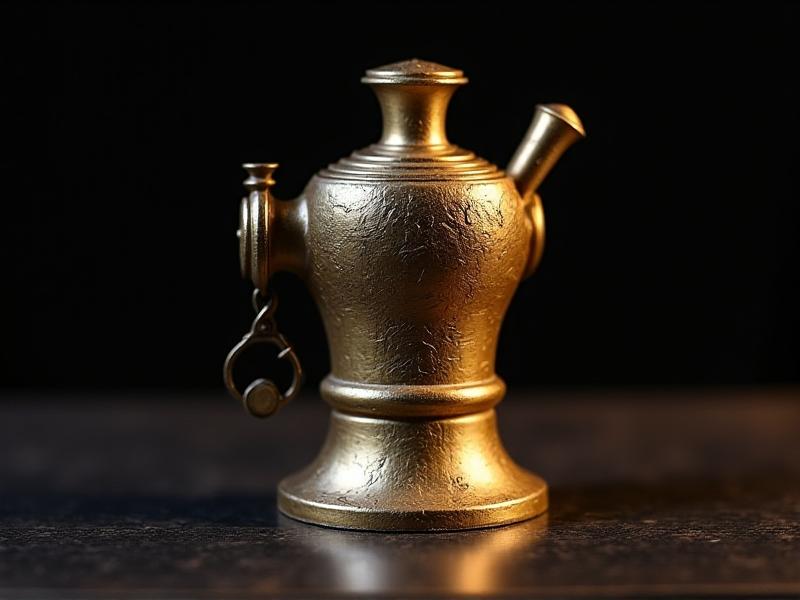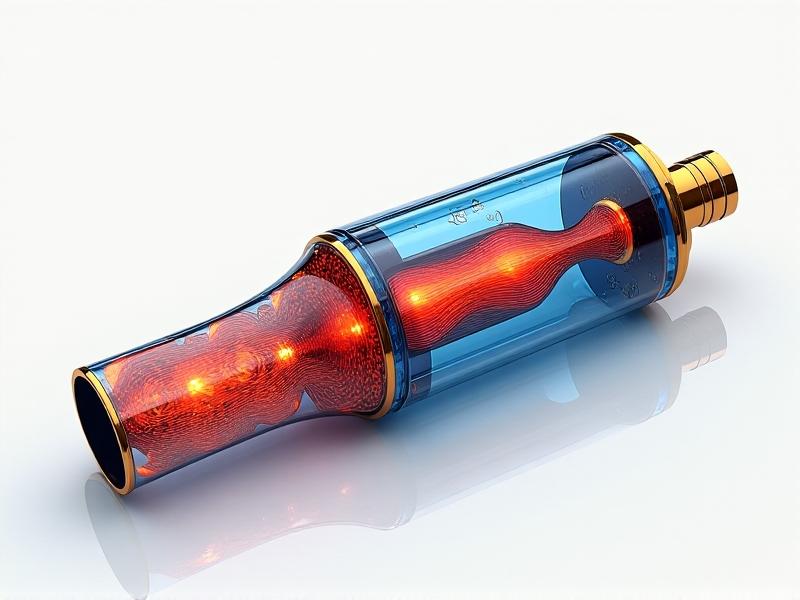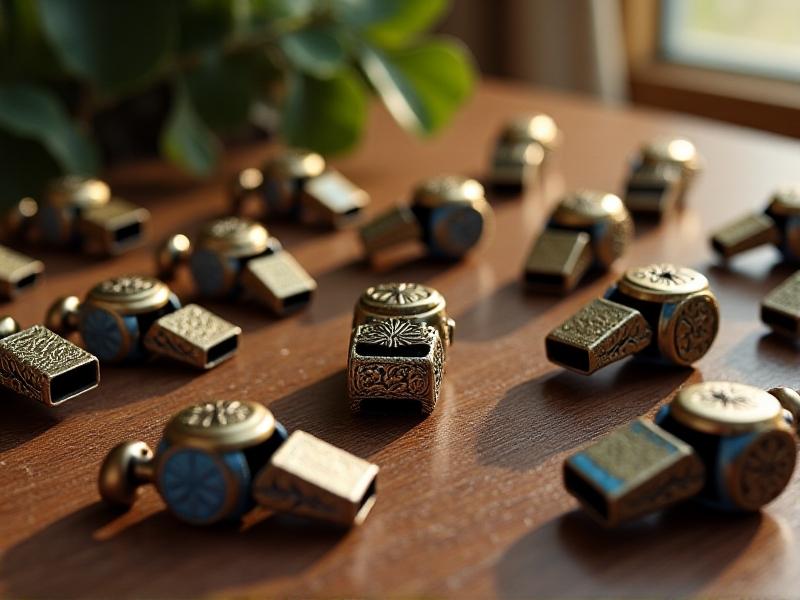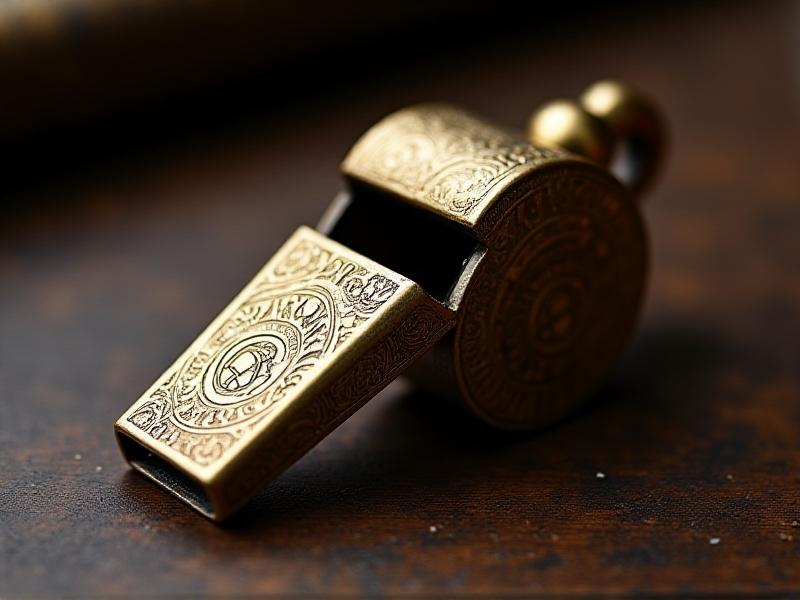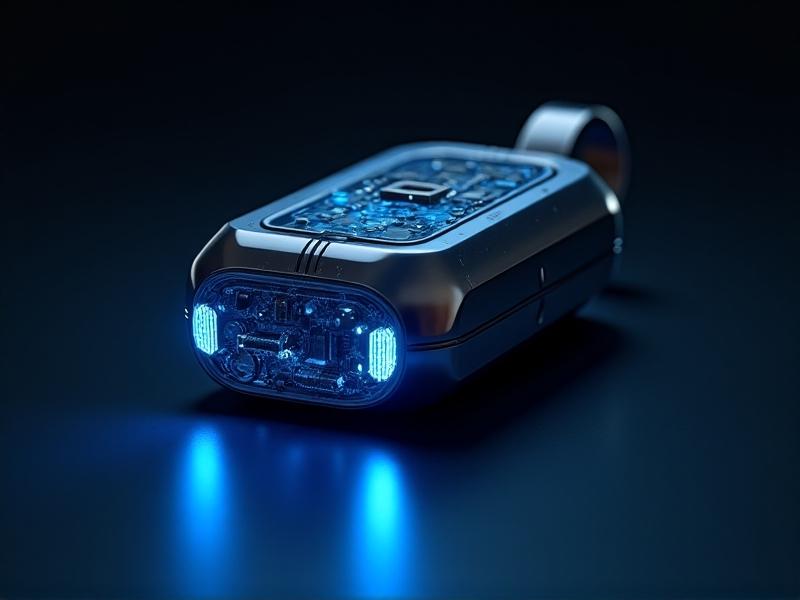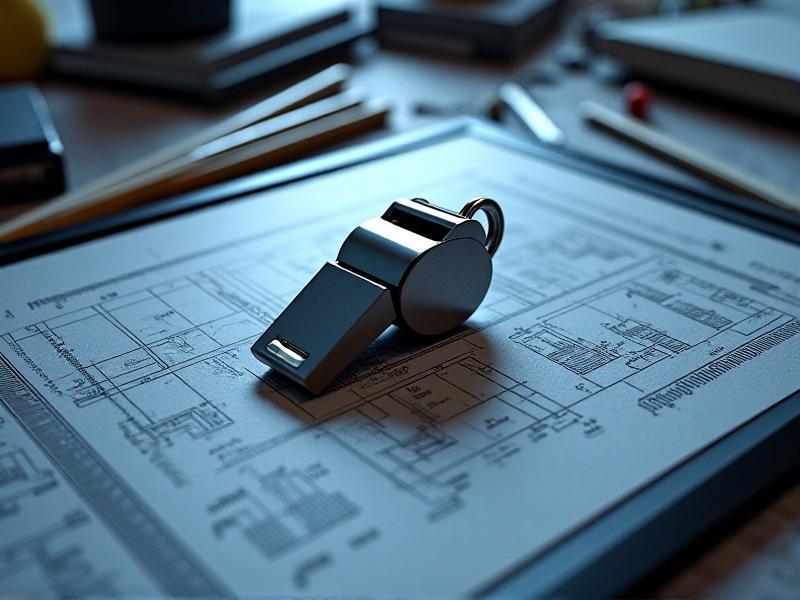Optimizing Whistle Acoustics: Engineering the Perfect Sound
The Science of Sound: Understanding Whistle Acoustics
Whistles are simple yet powerful tools that have been used for centuries across various cultures and applications. From sports referees to emergency signals, the effectiveness of a whistle lies in its ability to produce a loud, clear sound that can be heard over long distances. But what makes a whistle sound the way it does? The answer lies in the science of acoustics.
At its core, a whistle works by converting the energy from a person's breath into sound waves. When air is forced through the whistle's mouthpiece, it creates turbulence, which in turn generates vibrations. These vibrations travel through the air as sound waves, reaching the ears of those nearby. The pitch and volume of the whistle are determined by the shape and size of the whistle's chamber, as well as the speed and pressure of the air being blown into it.
To optimize a whistle's acoustics, engineers must carefully consider the design of the whistle's internal structure. The sound quality is mostly determined by the form of the chamber, the size of the mouthpiece, and the location of any holes or vents. By understanding the principles of sound wave propagation and resonance, engineers can design whistles that produce the perfect sound for any given application.
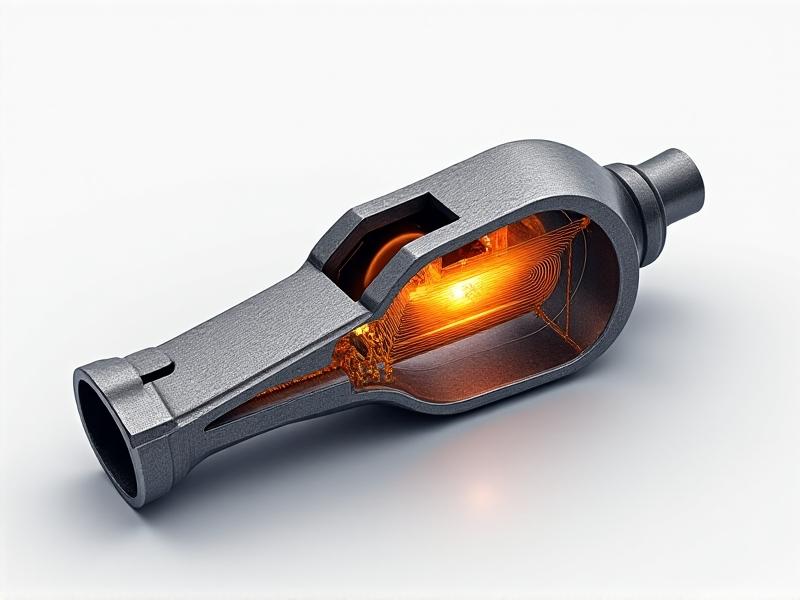
Materials Matter: Choosing the Right Components
The materials used in a whistle's construction can have a significant impact on its acoustic performance. Different materials have different densities, elasticity, and resonance properties, all of which affect the sound produced. For example, metal whistles are known for their bright, piercing tones, while plastic whistles tend to produce softer, more mellow sounds.
When selecting materials for a whistle, engineers must consider the intended use case. For instance, a whistle designed for outdoor sports may need to be made from durable, weather-resistant materials that can withstand harsh conditions. On the other hand, a whistle used in a quiet indoor setting may benefit from materials that produce a less harsh sound.
In addition to the material's acoustic properties, engineers must also consider its environmental impact. Sustainable materials, such as biodegradable plastics or recycled metals, are becoming increasingly popular in whistle design. By choosing eco-friendly materials, manufacturers can reduce their environmental footprint while still producing high-quality whistles.
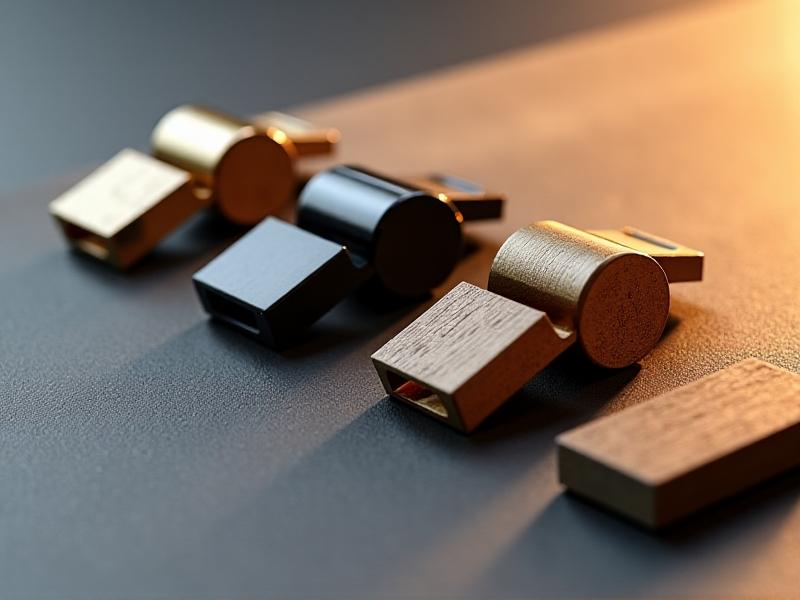
Designing for Performance: The Role of Shape and Size
The shape and size of a whistle are critical factors in determining its acoustic performance. A whistle's shape affects how air flows through it, which in turn influences the sound it produces. For example, a whistle with a longer, narrower chamber will produce a lower-pitched sound, while a shorter, wider chamber will result in a higher-pitched sound.
Size also plays a role in a whistle's performance. Larger whistles tend to produce louder sounds, as they have more space for air to vibrate and create sound waves. However, larger whistles may also be more difficult to carry and use, especially in situations where portability is important. Engineers must strike a balance between size and performance, ensuring that the whistle is both effective and convenient to use.
In addition to the overall shape and size, the design of the whistle's mouthpiece and any additional features, such as finger grips or lanyard attachments, can also impact its performance. A well-designed mouthpiece will allow for easy blowing and consistent sound production, while features like finger grips can improve the user's control and comfort.
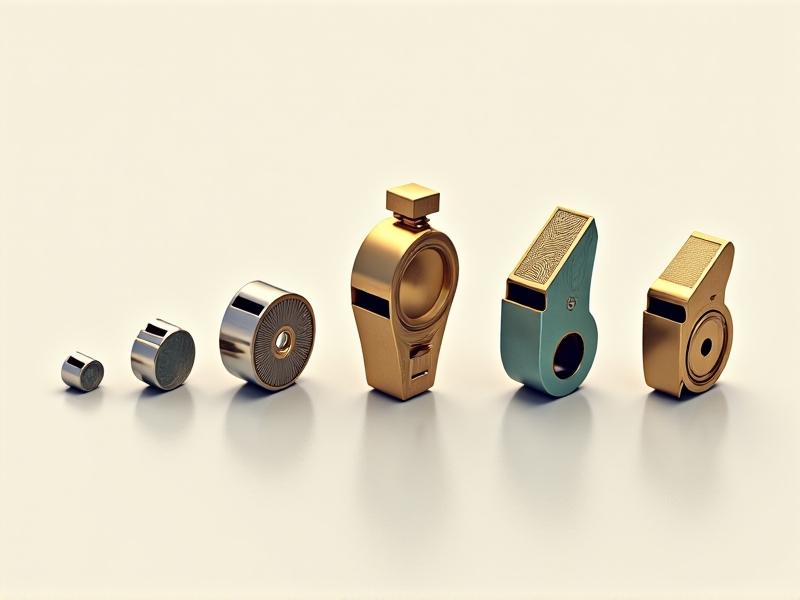
Testing and Refinement: Fine-Tuning the Perfect Sound
Once a whistle has been designed and constructed, it must undergo rigorous testing to ensure that it meets the desired acoustic standards. This testing process typically involves both laboratory and field tests, where the whistle's sound quality, volume, and consistency are evaluated under various conditions.
In the laboratory, engineers use specialized equipment to measure the whistle's sound output, including its frequency range, decibel level, and harmonic content. These measurements provide valuable data that can be used to identify any areas for improvement. For example, if a whistle produces too much high-frequency noise, engineers may adjust the chamber's shape or the size of the mouthpiece to reduce this unwanted sound.
Field testing is equally important, as it allows engineers to evaluate the whistle's performance in real-world scenarios. This may involve testing the whistle in noisy environments, such as sports stadiums or emergency situations, to ensure that it can be heard clearly over background noise. Feedback from users is also collected during this phase, providing insights into the whistle's usability and effectiveness.
Innovations in Whistle Technology: The Future of Sound
As technology continues to advance, so too does the field of whistle design. Engineers are constantly exploring new materials, manufacturing techniques, and acoustic principles to create whistles that are more effective, durable, and environmentally friendly. One area of innovation is the use of 3D printing, which allows for the creation of complex, custom-designed whistles with precise acoustic properties.
Another exciting development is the integration of electronic components into whistle design. Programmable electronic whistles may provide a broader spectrum of sounds and emit certain frequencies or patterns. This opens up new possibilities for applications such as emergency signaling, where a distinct sound pattern can help rescuers locate individuals in distress.
In addition to technological advancements, there is also a growing focus on sustainability in whistle design. Manufacturers are increasingly using recycled materials and exploring biodegradable options to reduce their environmental impact. By combining innovation with sustainability, the future of whistle technology looks bright, promising even more effective and eco-friendly solutions for a wide range of applications.
Practical Applications: Where Whistle Acoustics Make a Difference
Whistles are used in a wide range of applications, each with its own unique acoustic requirements. In sports, for example, referees rely on whistles to signal the start and stop of play, as well as to communicate with players and coaches. A sports whistle must produce a loud, clear sound that can be heard over the noise of the crowd and the players.
In emergency situations, whistles are often used as distress signals. A whistle's sound must to be able to cut through background noise, such wind or traffic, and travel over great distances. In some cases, specific sound patterns, such as three short blasts, are used to signal distress and attract attention.
Whistles are also used in training and communication, such as in military or outdoor activities. In these settings, the whistle's sound must be easily distinguishable and consistent, allowing for clear communication even in noisy or chaotic environments. By understanding the specific acoustic requirements of each application, engineers can design whistles that are perfectly suited to their intended use.
Conclusion: The Art and Science of Whistle Design
Designing the perfect whistle is both an art and a science. It requires a deep understanding of acoustic principles, as well as a keen eye for design and innovation. By carefully considering factors such as materials, shape, size, and testing, engineers can create whistles that produce the ideal sound for any given application.
As technology continues to evolve, so too will the field of whistle design. With new materials, manufacturing techniques, and electronic components, the possibilities for innovation are endless. Whether it's a sports whistle, an emergency signal, or a communication tool, the perfect whistle is one that combines functionality, durability, and sustainability to meet the needs of its users.
In the end, the goal of whistle design is to create a tool that is both effective and reliable, allowing people to communicate, signal, and perform their tasks with confidence. By optimizing whistle acoustics, engineers can ensure that this simple yet powerful tool continues to play a vital role in our lives for years to come.
